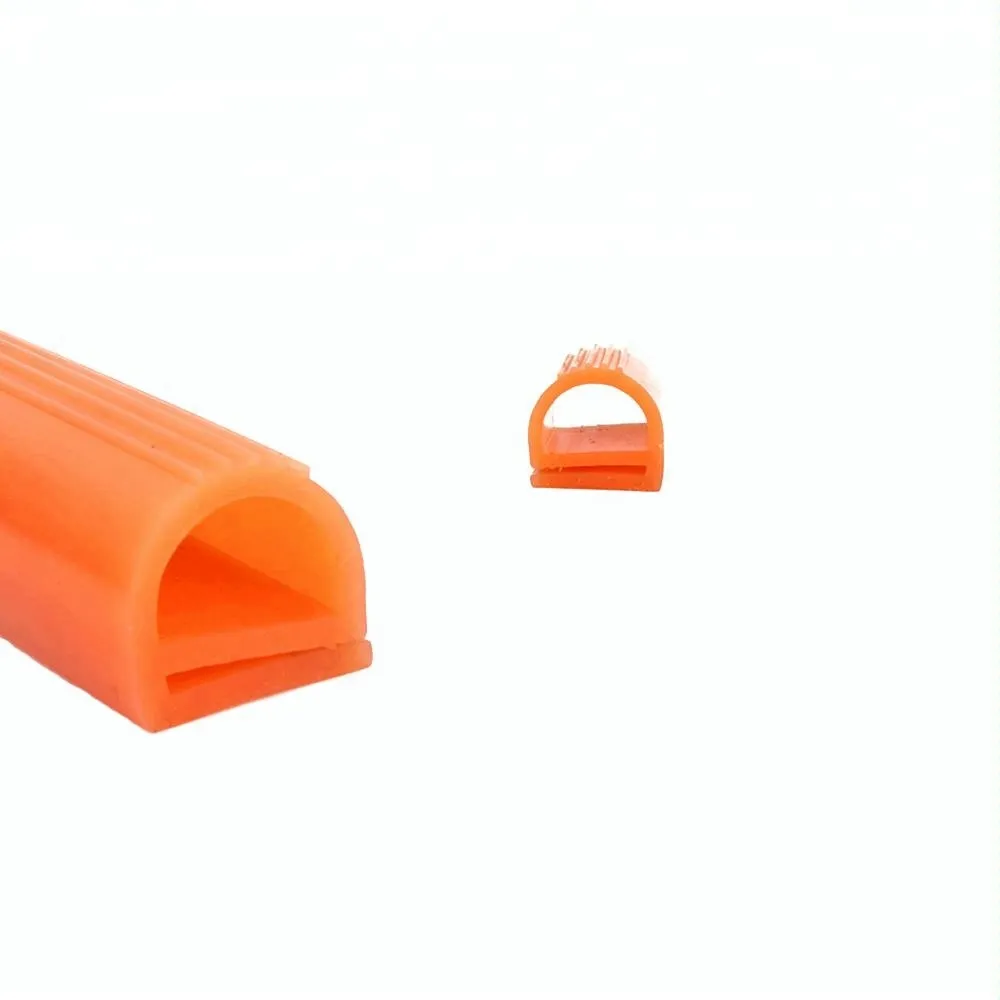door bottom seal types
Understanding Different Types of Door Bottom Seals
Door bottom seals play a crucial role in homes and commercial buildings, ensuring energy efficiency, privacy, and security. These seals are designed to close the gap between the bottom of a door and the floor, preventing drafts, dust, water, and noise from entering. In this article, we will explore various types of door bottom seals, each designed to meet specific needs and preferences.
1. Rubber Door Bottom Seals
Rubber seals are among the most common types of door bottom seals due to their durability and flexibility. They can compress and conform to different floor surfaces, creating a tight seal. Rubber is also resistant to wear and can withstand extreme temperatures. These seals are typically easy to install and can be used for both interior and exterior doors. They are particularly effective for reducing noise and improving energy efficiency.
2. Vinyl Door Bottom Seals
Vinyl door bottom seals are another popular choice, especially for interior doors. They are lightweight, flexible, and capable of creating a good seal against drafts. Vinyl is less durable than rubber but is often more cost-effective. These seals can be found in various colors and styles, making them a suitable choice for homeowners looking for aesthetic appeal alongside functionality. They are ideal for environments where moisture is not a significant concern.
Brush seals consist of bristles attached to a strip that is mounted along the bottom of the door. They are effective in preventing drafts and can adapt to uneven floor surfaces, making them an excellent solution for older homes. Brush seals are especially good for keeping out dust and insects and are commonly used in commercial settings. They allow for easy passage and are less likely to hinder door movement compared to some solid-seal options.
door bottom seal types

4. Flat Door Bottom Seals
Flat door bottom seals, often made from aluminum or other metals, provide a sturdy barrier against drafts and weather. They are mounted on the bottom of the door and are typically used for exterior doors. Flat seals can be equipped with additional features like a rubber or vinyl sweep, which enhances their effectiveness against water and air infiltration. Their robust construction makes them ideal for high-traffic areas and can help protect against damage.
5. Automatic Door Bottom Seals
For those seeking a more advanced solution, automatic door bottom seals are an excellent option. These seals feature a mechanism that lowers a sealing strip when the door closes and retracts it when the door opens. This design ensures a perfect seal every time, making it an ideal choice for soundproofing and energy efficiency. Automatic seals are commonly used in commercial environments, high-security areas, and theaters.
6. Magnetic Door Bottom Seals
Magnetic seals use magnets to secure the door bottom against the floor. They are particularly effective in preventing drafts and sealing out noise. These seals can be found in both residential and commercial applications, renowned for their strength and effectiveness. They work similarly to magnetic fridge doors, providing a tight, secure closure that is easy to open and close.
Conclusion
Choosing the right door bottom seal depends on your specific needs, such as noise reduction, energy efficiency, or aesthetic preferences. Each type of seal offers unique advantages, and understanding these options can help in making an informed decision. Whether you opt for rubber, vinyl, brush, flat, automatic, or magnetic seals, investing in a good door bottom seal will enhance the comfort and functionality of your living or working space. By effectively sealing the bottom of your doors, you can enjoy a more peaceful and energy-efficient environment.
-
Under Door Draught Stopper: Essential ProtectionNewsJul.31,2025
-
Garage Door Seal and Weatherstrips for ProtectionNewsJul.31,2025
-
Edge Banding Tape for Perfect EdgesNewsJul.31,2025
-
Table Corner Guards and Wall Corner ProtectorsNewsJul.31,2025
-
Stair Nose Edging Trim and Tile Stair SolutionsNewsJul.31,2025
-
Truck Bed Rubber Mats for Pickup BedsNewsJul.31,2025
-
Window Weather Stripping for Noise ReductionNewsJul.29,2025